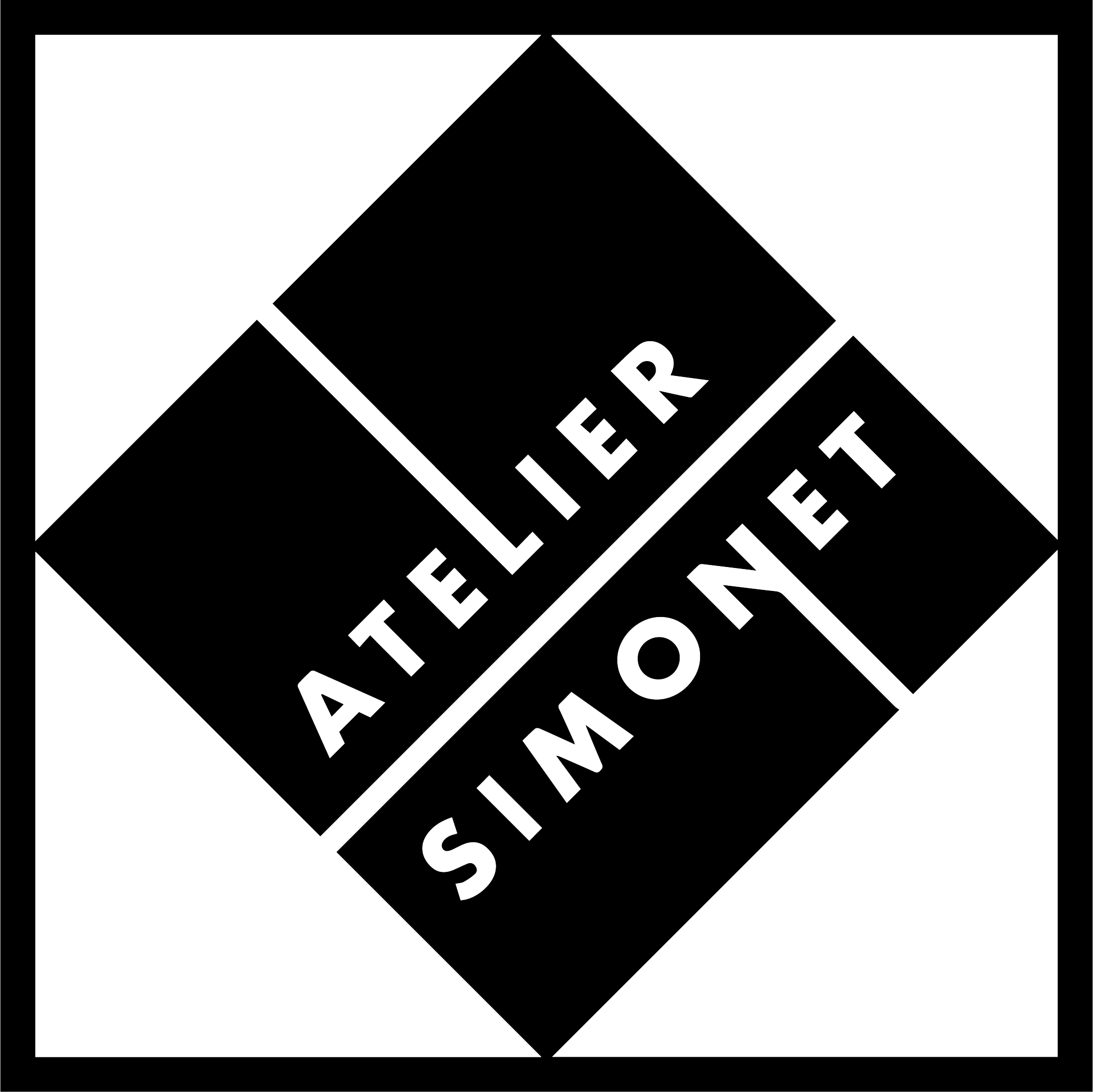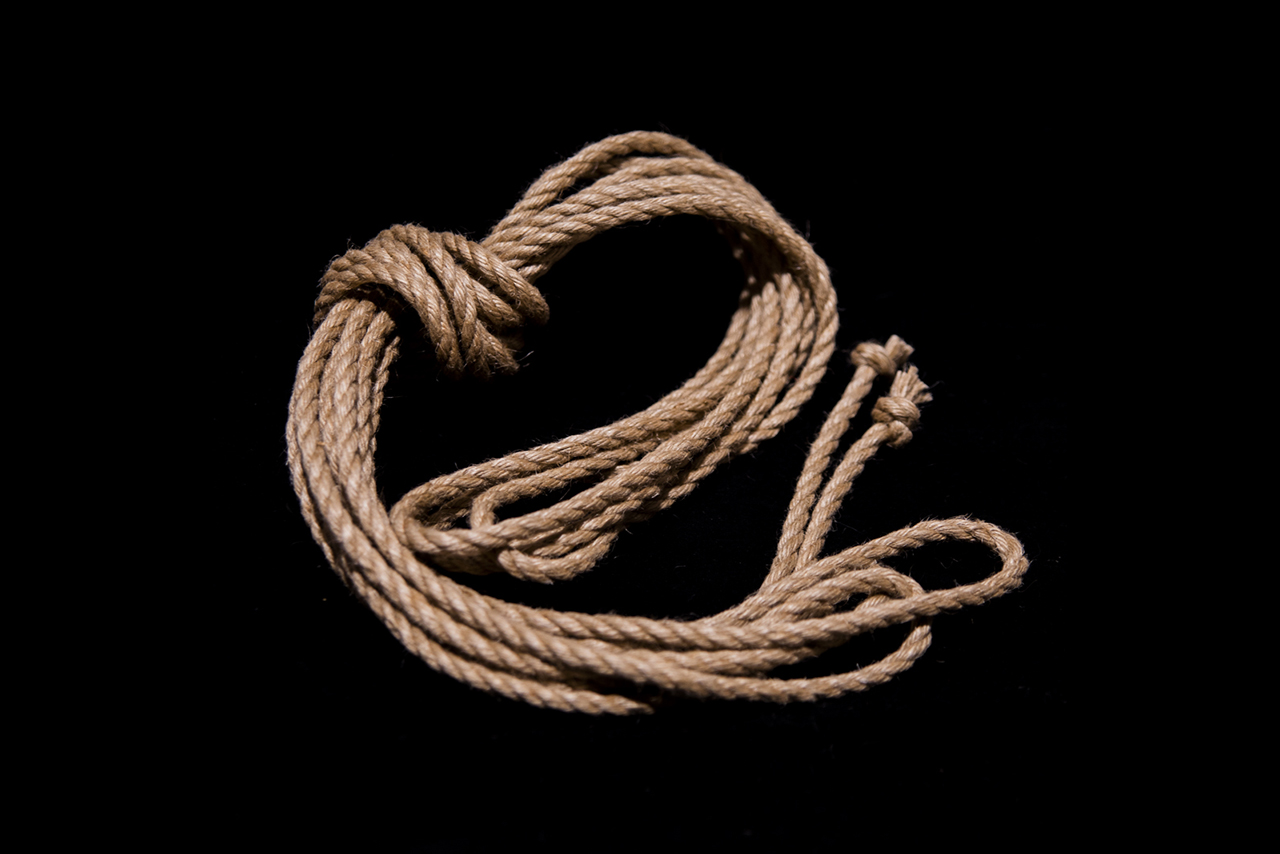Services offered by Docvale
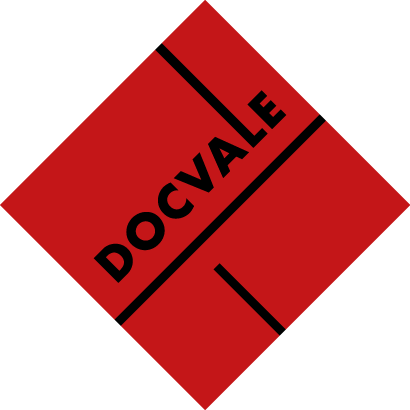
You would like to organize an event with Docvale, here are the services he is offering :
- Workshops, you will find below a list of the themes it offers.
If you have a specific theme in mind, let us know. - Private classes or intensives.
- Performances.
- Private performances.
- private scenes.
Upside down
Shaking minds as bodies
The most frequent perception of my Kinbaku relayed by the imagery is close to Naka Akira’s Semenawa. Indeed, having been one of the forerunners of this style in the West, my influences are clear. This style, which changed my life and my understanding of ropes, continues to feed my research into Kinbaku and my desire to push my partners to their limits.
At the same time, over the years, I’ve been able to observe the practice of Aibunawa by people I hold in high esteem, and this has questioned me a lot.
Over the last years, I’ve been trying to combine my interpretation of Semenawa with my perception of Aibunawa.
So we’ll talk about the current state of my research and discuss my conception of each of these ways of practising, as well as different ways of interweaving them to make ropes sessions as intense mentally as they can be physically.
I’d like to take this opportunity to thank all the people who have influenced and continue to influence my vision of ropes, and also the people who have allowed and continue to allow me to do this research and take it forward.
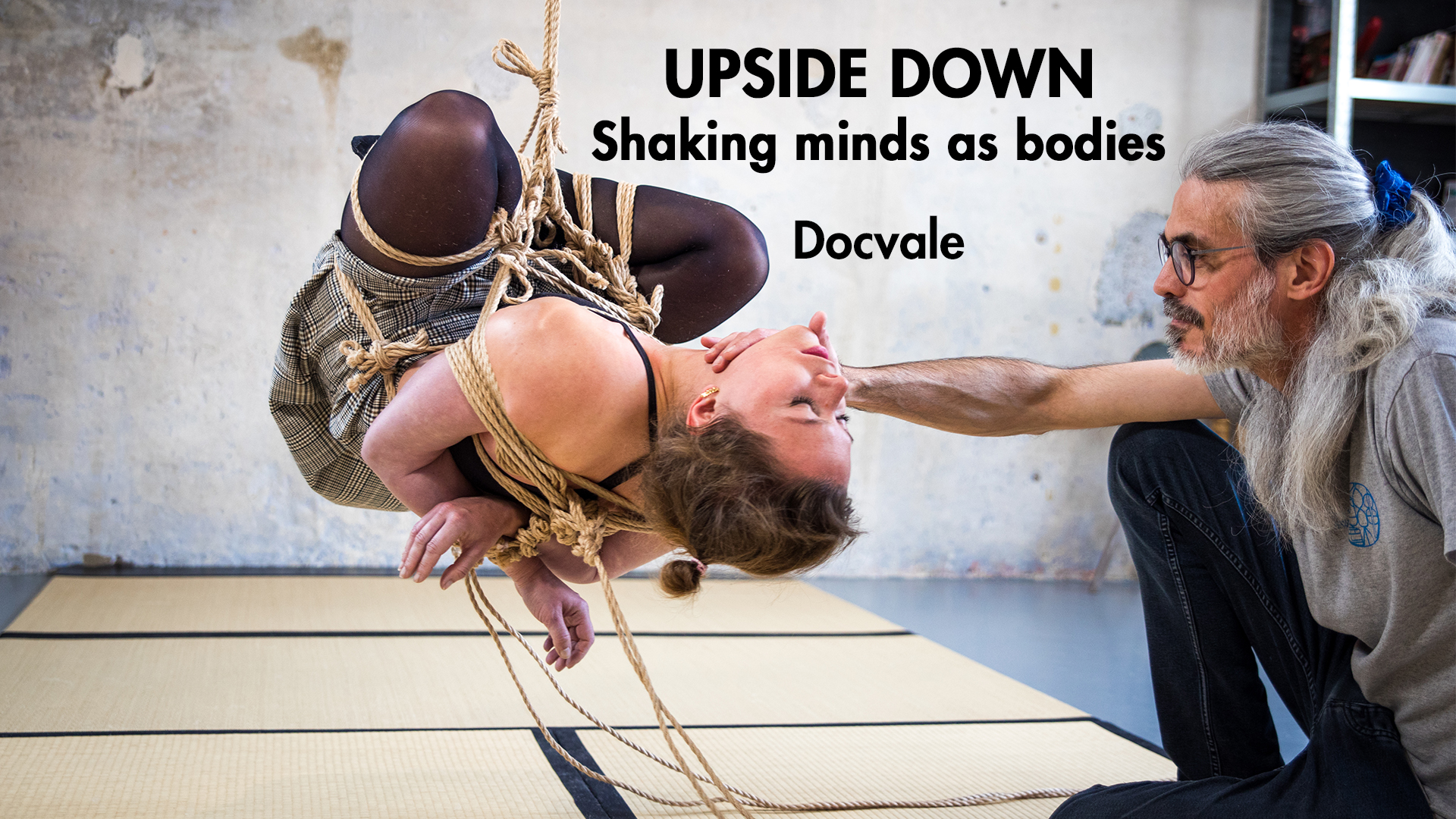
Difficulty :
This workshop can fit partial-suspension and/or suspension levels. Exercices will be chosen considering participants level or special request from organizers.
Pre requisite :
This workshop is interpersonal and emotional centered, so participants must be used to tie together and have their limits established.
Duration :
2 days
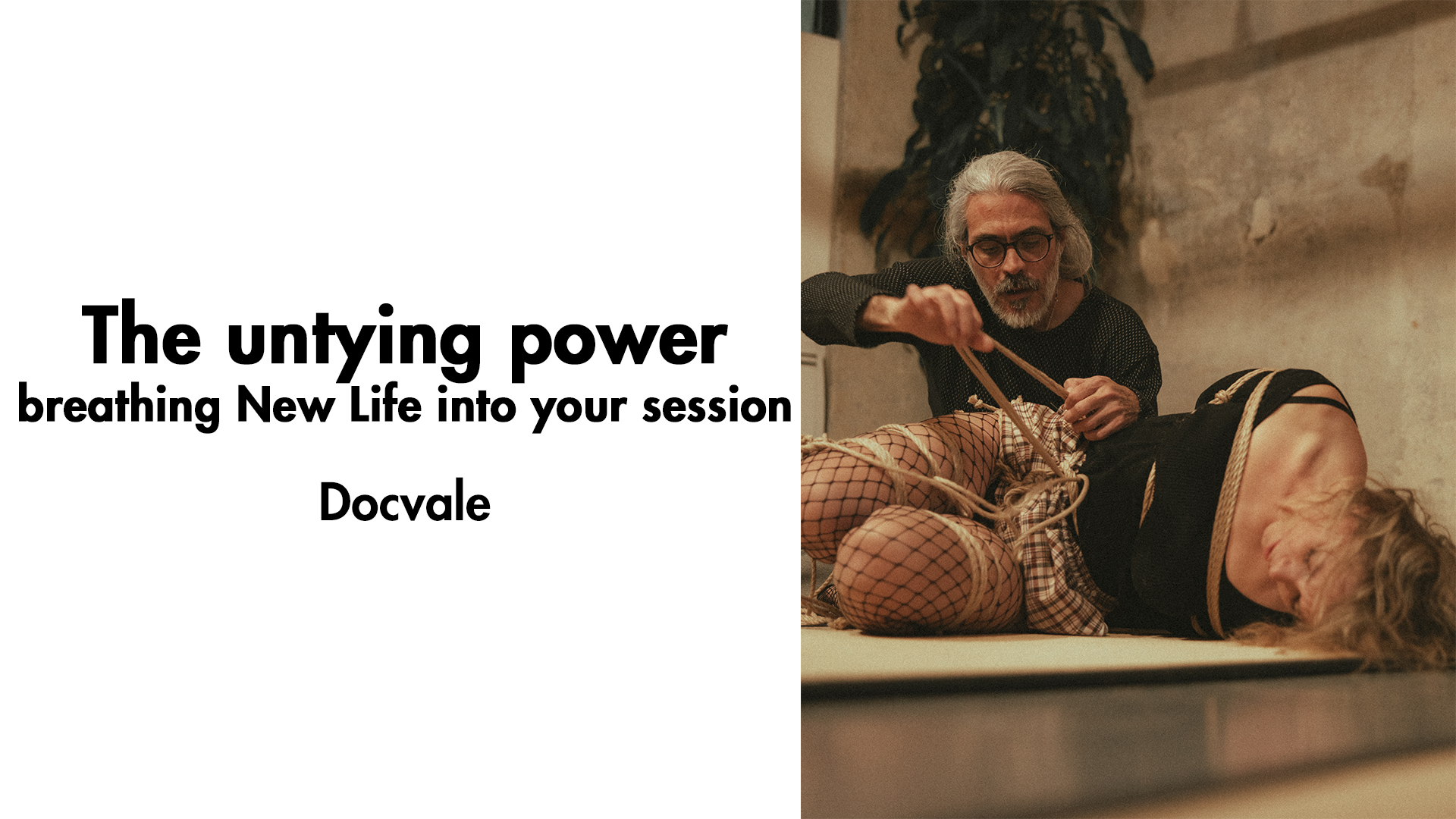
Difficulty :
Partial-suspension and/or Suspension.
Pre-requisite :
For people tying :
- To master a proper TK/Gote in any style, but a Naka style oriented gote would be the best.
- Being conveniant with suspension and being used to upline.
Person being tied must be used to suspension or to demanding partial suspensions.
This workshop is interpersonal and emotional centered, so participants must be used to tie together and have their limits established.
Duration :
1 day
The untying power :
breathing New Life into your session
Thème :
For reasons of safety, but also to ensure the endurability for people who want to tie in suspension, inbaku teaching is very much focused on the action of tying. I wouldn’t hide the fact that as a teacher, I place a great deal of emphasis on this aspect, to enable students to progress as safely as possible, and in good conditions for those who are tied up.
The counterpart to this is the perception of a very attentive and caring practice during the building action is that it isn’t as intense when it comes to the end of the session.
If a kinbaku session begin before you take out your set and end long after you’ve put ropes away, untying is nonetheless an integral part of our sessions.
This day will enable us to rediscover and deepen our understanding of untying from other angles. We’ll be working on the contrast that can be brought to it or, on the contrary, on how to create continuity with what has already been done. For physically intense sessions, this is an opportunity to accentuate emotional balance or imbalance.
Indeed, this is a time when some tied-up people are even more vulnerable, as the barriers will already have been put to the test during the session, while others may be sad to get off the ropes. Taking care of this rope time is therefore essential, whether to create a new intensity or simply to bring the person back to the outside world tactfully and start the aftercare.
Convergences
We often hear that to establish a relationship with our partner we would have to put aside the technique : the bane that is so-called good communication. As for aesthetics, it is often seen on the sidelines of the rest, reserved for the outside perspective (photography, performance).
How can we overcome this belief that we should sacrifice technical and aesthetic to devote ourselves to the relationship with our partner?
What guides my way of tying today is the following observation:
The three concepts (technical, aesthetic, communication) intermingle and depend on each other. And what is most striking is that everything leads to communication.
Each technical or aesthetic choice is a transmission tool to the rope bottom, an opportunity to create an emotion.
This workshop will be an opportunity to work on several technical and aesthetic concepts and to explore how, depending on their particularities, they contribute to create communication.
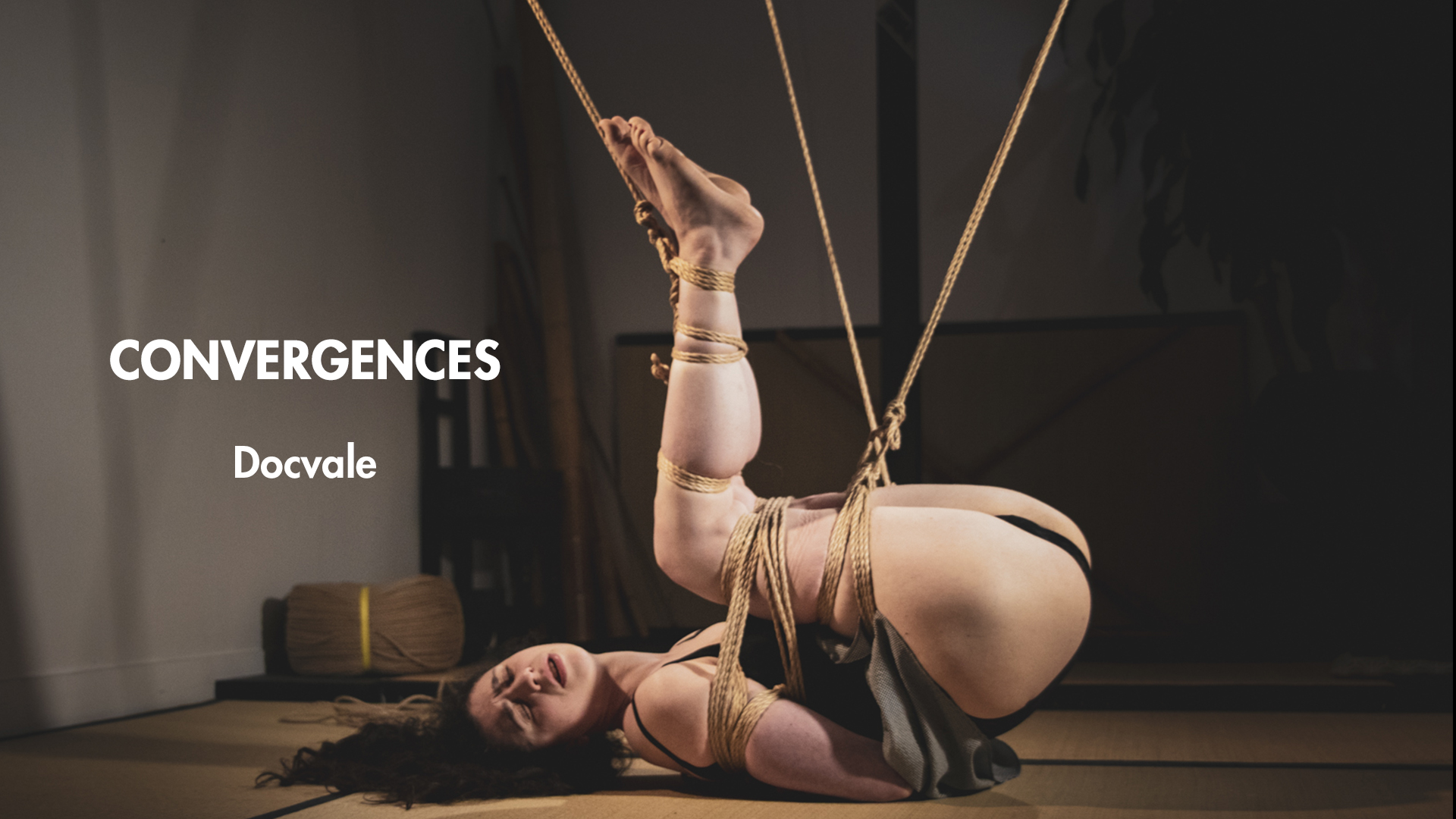
Difficulty :
This workshop can fit all practices level. Exercices will be chosen considering participants level or special request from organizers.
Pre requisite :
This workshop is interpersonal and emotional centered, so participants must be used to tie together and have their limits established.
Duration :
2 days
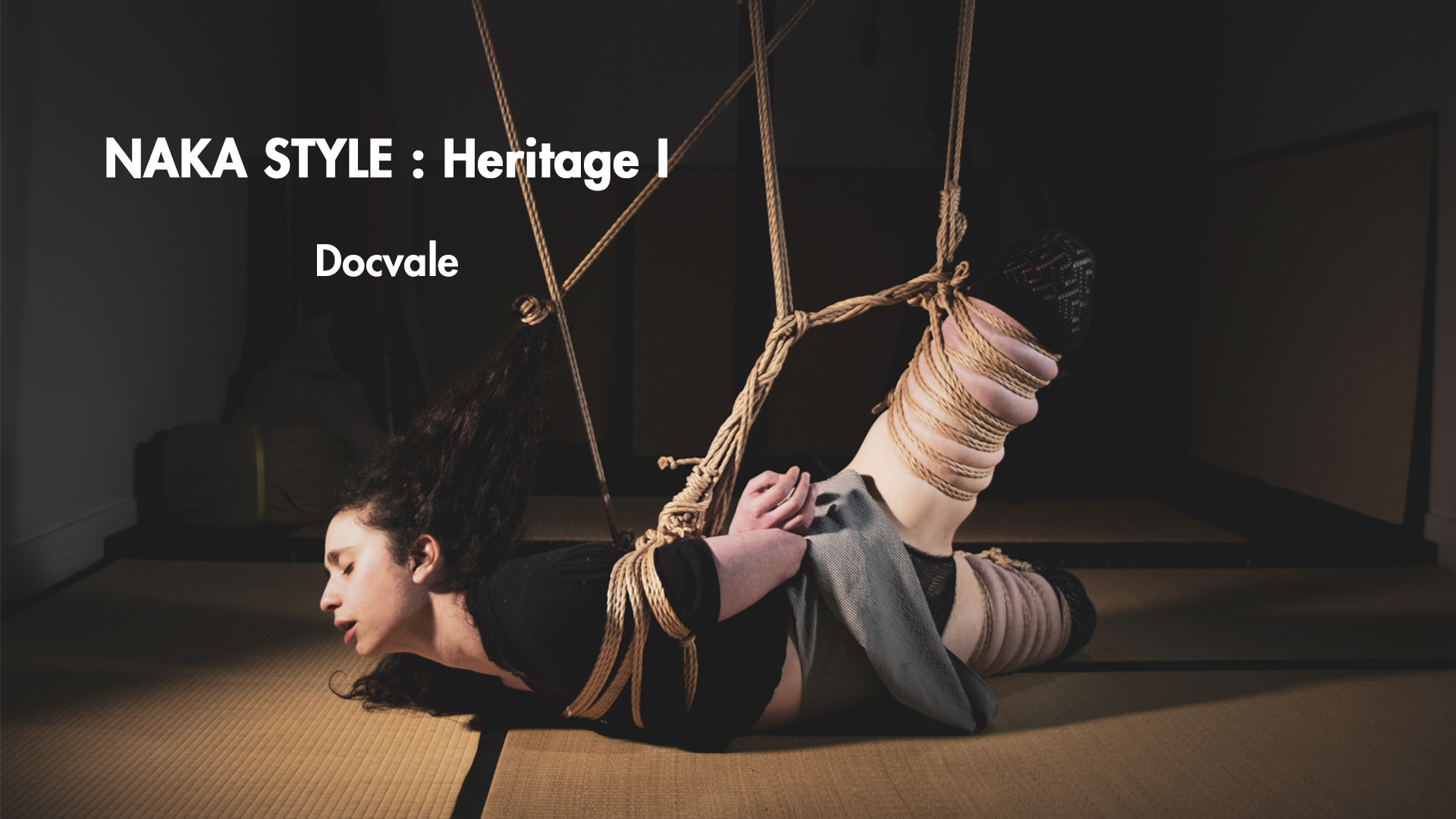
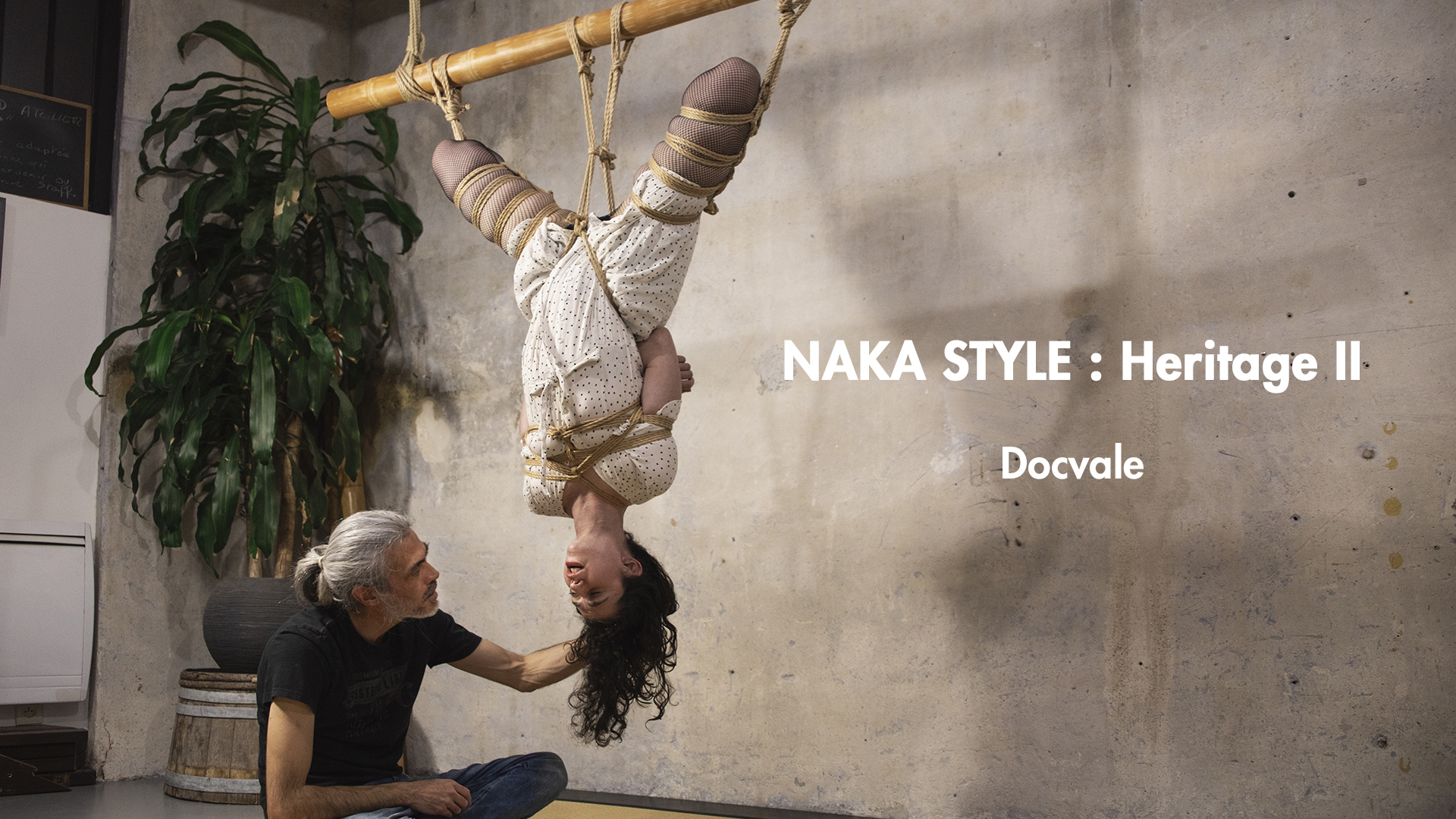
Difficulty :
Intermediate suspension
Pre requisite :
For people tying :
- To master a proper TK/Gote in any style, but a Naka style oriented gote would be the best.
- Being conveniant with suspension and being used to upline.
Person being tied must be used to suspension or to demanding partial suspensions.
Duration :
2 days
Naka Style : Heritage
Trilogy
“Naka style: Heritage” is a series of workshops dedicated to Naka ryu.
Akira Naka (born in 1959) , is today one of the most famous kinbakushi in the world. “He became aware of the world of Japanese bondage at the age of 30, when he discovered a study course (commonly called ‘Kinbiken’) of the great master Chimuo Nureki. From the first moment he observed the bondage master at work, he found himself drawn deeper and deeper into the fascinating sensuality until he had an epiphany – “This is what I want to dedicate my life to.” (Naka Akira’s of1icial website)
His style became known in the West in 2013. Naka Akira then began traveling to perform and teach around the globe. Naka Ryu has become one of the most popular styles in the world. Many riggers are inspired by his work.
Topics :
These workshops will focus on understanding the roots of Naka Akira’s style. What were his own influences? What are the technical and aesthetic particularities of his style? During theses days, we will try to stick as close as possible to what Naka Akira does in order to understand the issues.
I would like to give you the best of what I have learned from watching him tie, discussing with him and let you glimpse the personality of this man and his ropes. We will talk about his freestyle way of looking at kinbaku and his philosophy and will study inconic ties and shapes.
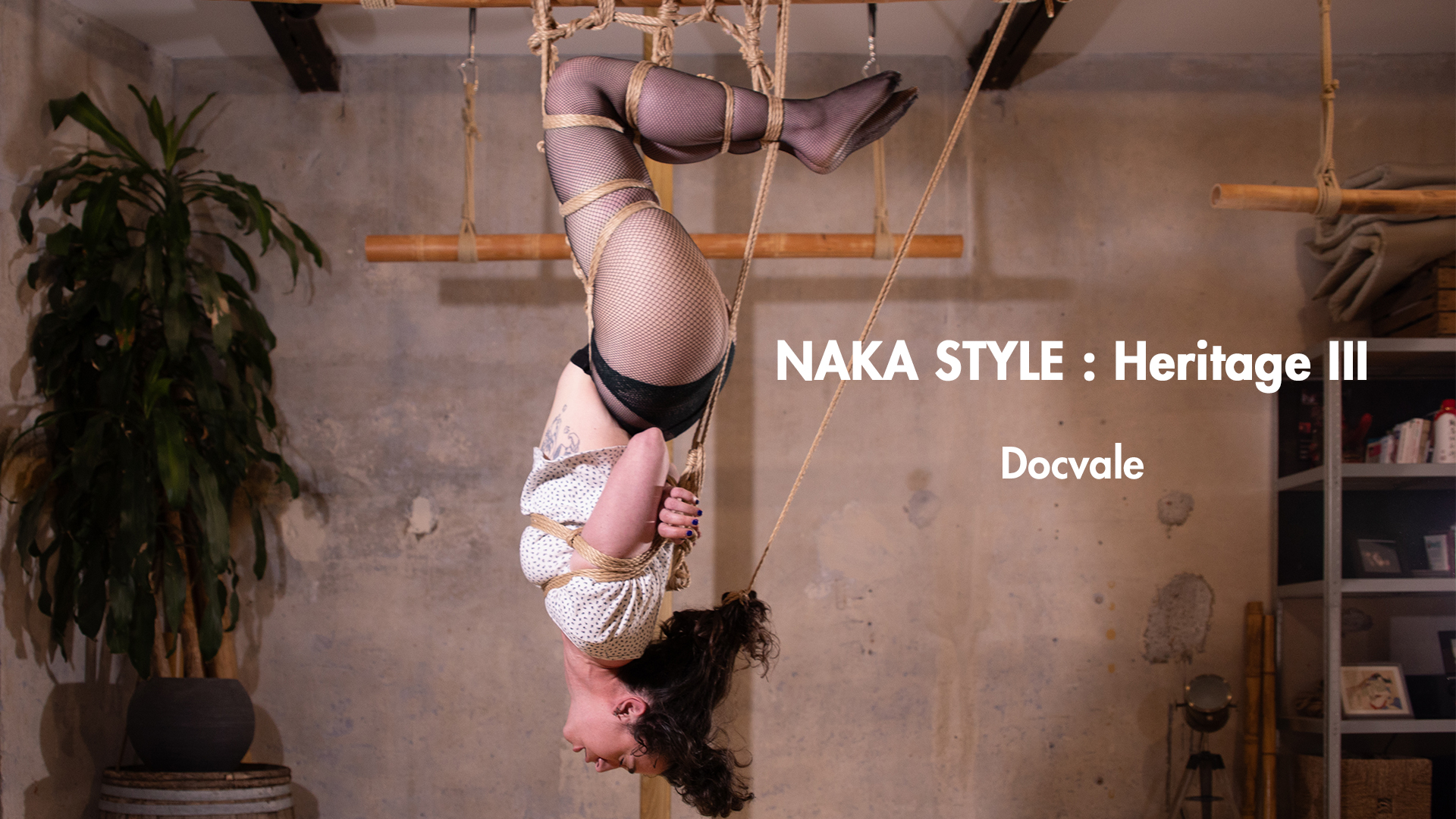
Hashira : Suspension
Hashira in Japanese means vertical beam. Traditional Japanese houses are built with wooden posts and beams. Some of the partitions are sliding doors, so when they are opened the beam become usable.
Directly linked to the imagination of videos and photos of Kinbaku made in these traditional houses, Hashira Shibari has become a specific way of practising Kinbaku.
Whether semi-suspended or suspended, technique and aesthetics on a hashira are very specific. From the point of view of sensations and emotions, it’s also a very special experience for people who are tied up.
In this workshop, we’ll talk about :
– how to create an attachment point on a vertical beam,
– the specific safety requirements for tying on a hashira,
– aesthetic research and techniques used,
– the sensations for the person being tied.
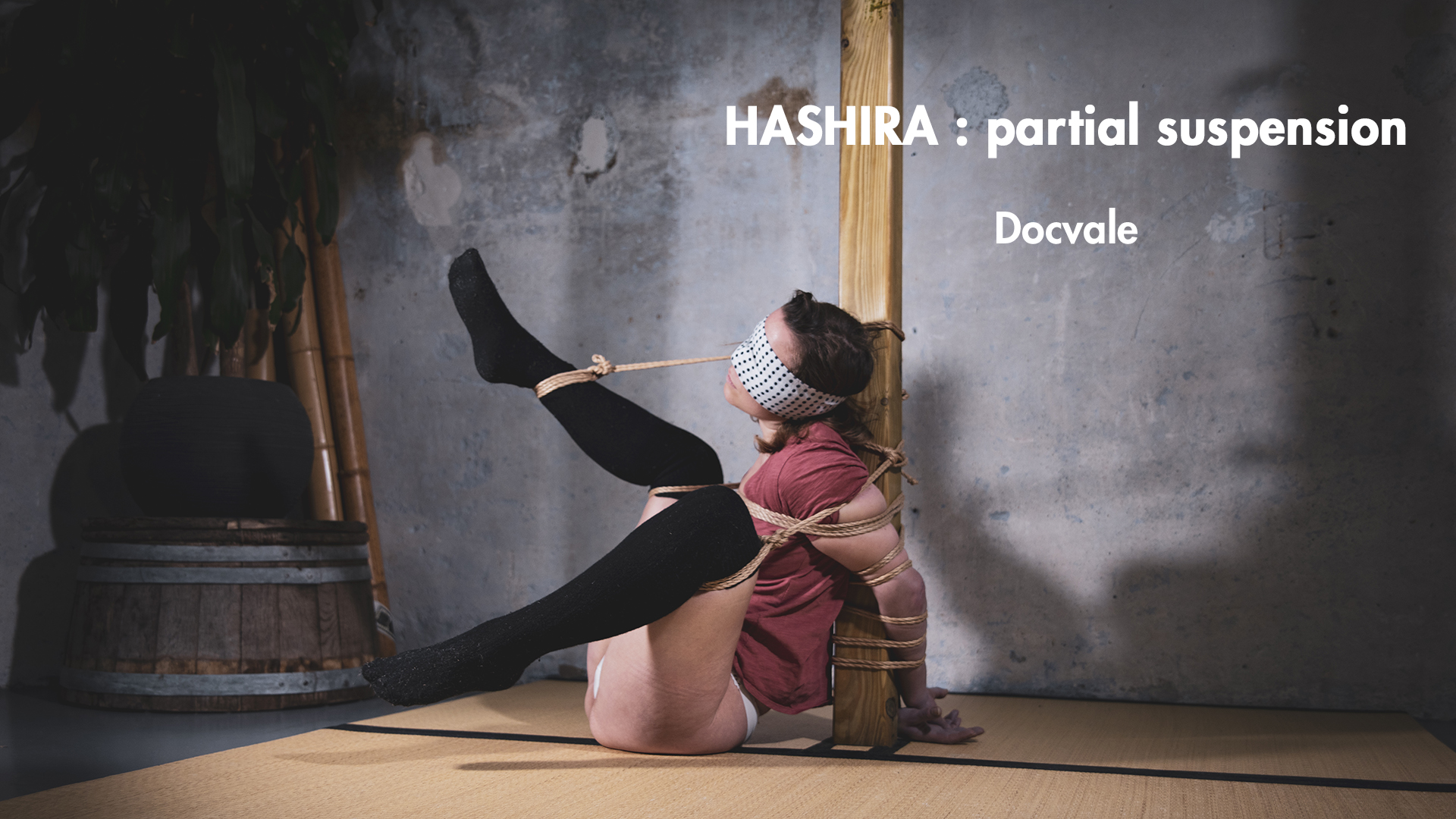
Difficulté :
Ce workshop est d’un niveau intermédiaire.
Pré-requis :
Pour les personnes qui attachent :
- Avoir un TK/Gote bien maîtrisé, dans n’importe quel style mais idéalement un Gote type Naka style.
- Etre confortable en semi-suspension et avoir une certaine habitude des lignes de suspension.
Les personnes attachées doivent être à l’aise en semi-suspension.
Durée :
1 jour ou 2 jours
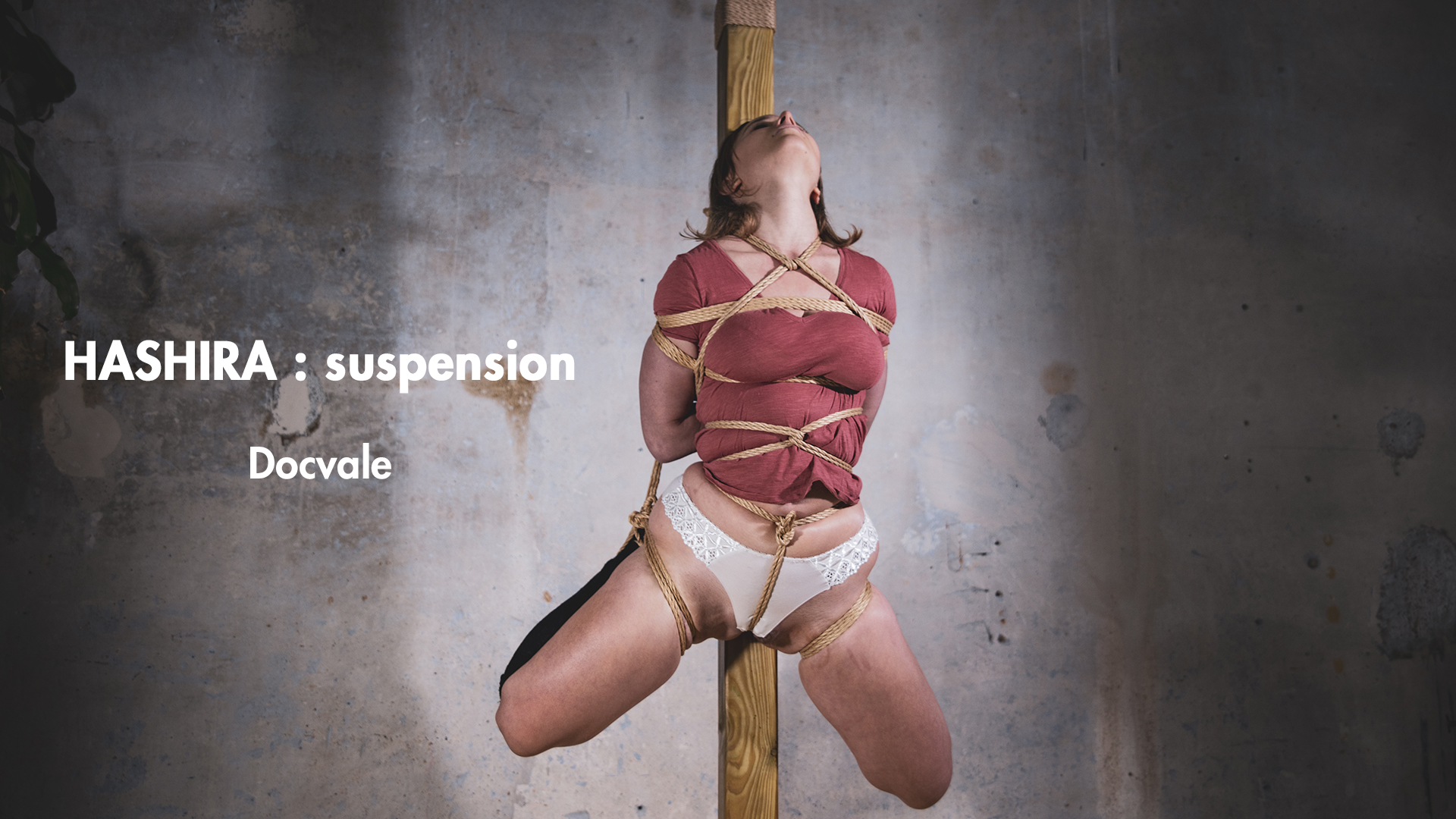
Difficulté :
Suspension intermédiaire et/ou avancée
Pré-requis :
Pour les personnes qui attachent :
- Avoir un TK/Gote bien maîtrisé, dans n’importe quel style mais idéalement un Gote type Naka style.
- Etre confortable en suspension et avoir une certaine habitude des lignes de suspension.
Les personnes attachées doivent être à l’aise en suspension ou au moins dans des semi-suspensions compliquées.
Durée :
2 jours
Hashira : Suspension
Hashira signifie en japonais “poteau”. Les maisons japonaises traditionnelles sont construites avec des poteaux et des poutres en bois. Certaines cloisons sont des portes coulissantes, de sorte que lorsqu’elles sont ouvertes, les poteaux deviennent utilisables.
Directement lié à l’imaginaire des vidéos et photos de Kinbaku réalisées dans ces maisons traditionnelles, Hashira Shibari est devenu une manière spécifique de pratiquer le Kinbaku.
La technique et l’esthétique sur un hashira sont très spécifiques. Du point de vue sensations et émotions, c’est aussi une expérience très particulière pour les personnes attachées.
Dans ce workhsop, nous parlerons de
- comment créer un point d’attache sur une poutre verticale,
- les conditions de sécurité spécifiques pour attacher un hashira,
- la recherche esthétique et les techniques utilisées,
- les sensations de la personne attachée.
Others themes
- Improvisation and deeper into TK 3-4
Duration : 1 day
Difficulty : Partial suspension
- Efficient communication in ropes
Duration : 1 day
Difficulty : all levels (can be adapted to any level request) - Balance & Imbalance in ropes
Duration : 1 day
Difficulty : all levels (can be adapted to any level request) - Breathplay with ropes
Duration : 1 day
Difficulty : advanced beginner (can be adapted to more advanced level) - Power exchange in ropes
Duration : 1 day
Difficulty : advanced beginner and more (can be adapted to different request)
